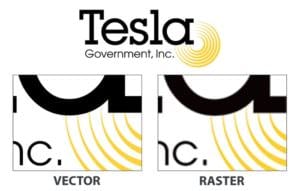Obtaining a security clearance can feel like the long march to Mordor: just when you think you have arrived, an angry little monster shows up to set you on a detour that eventually involves crossing paths with a venomous spider. And you lose a finger.
OK, it’s not quite Tolkein-esque, but if you feel like you’ve been in clearance purgatory for far too long, you’re not alone.
The number of backlogged security clearance investigations continues to grow, from over 500,000 as recently as May 2017 to approximately 714,000 by August of the same year. Fully 424,000 of those backlogged investigations, or 59%, belong to DoD. (DoD also sponsors the overwhelming majority of clearances across the USG.) To combat the mounting workload, DoD recently announced new “Lines of Effort” or “LOE.”
The LOEs include:
- Improve end-to-end continuous evaluation and automation processes to improve efficiency and allow for improved vetting capabilities in the future.
- Assemble a panel of security experts as the so-called “Blue Sky Team.” The panel’s goal will be to employ a technology-focused approach to assess a candidate’s behavioral patterns.
- Use new “risk-based strategies” to thin the backlog.
The new LOEs come as National Background Investigations Bureau (NBIB) director Charles Phalen recently announced new programs, including a replacement for eQIP, that will bring the clearance process into the 21st century. NBIB was created by President Obama in 2016 to streamline the background process.
A wise man once said, “The waiting is the hardest part.” If you are among the many long-suffering government personnel or contractors still awaiting your clearance, unfortunately, you will likely continue to wait. But for those sponsored by DoD, perhaps the LOEs will make a dent in a backlog the size of Omaha.
Related posts
When Big Tech Is Not the Answer—Why Small Businesses Get More Done

Afghanistan Is Finally Holding Elections—While the Taliban Gobbles Up Territory

The Geospatial Data Act of 2017: A Necessary Step Forward, with One Major Flaw

Vector vs. Raster: What Do They Mean and Which Should I Use?
